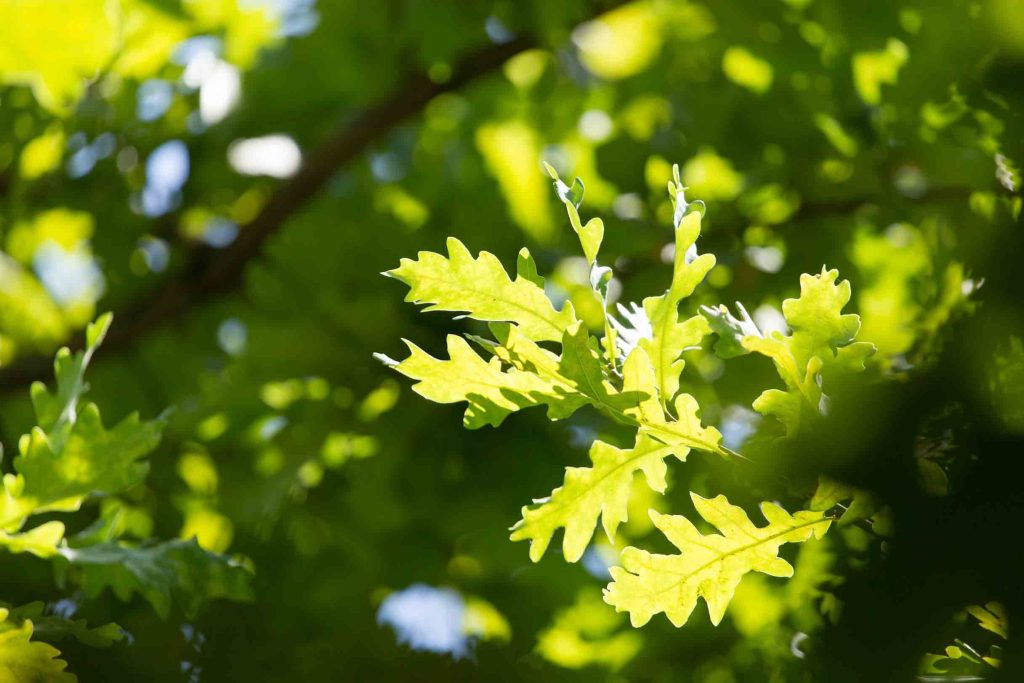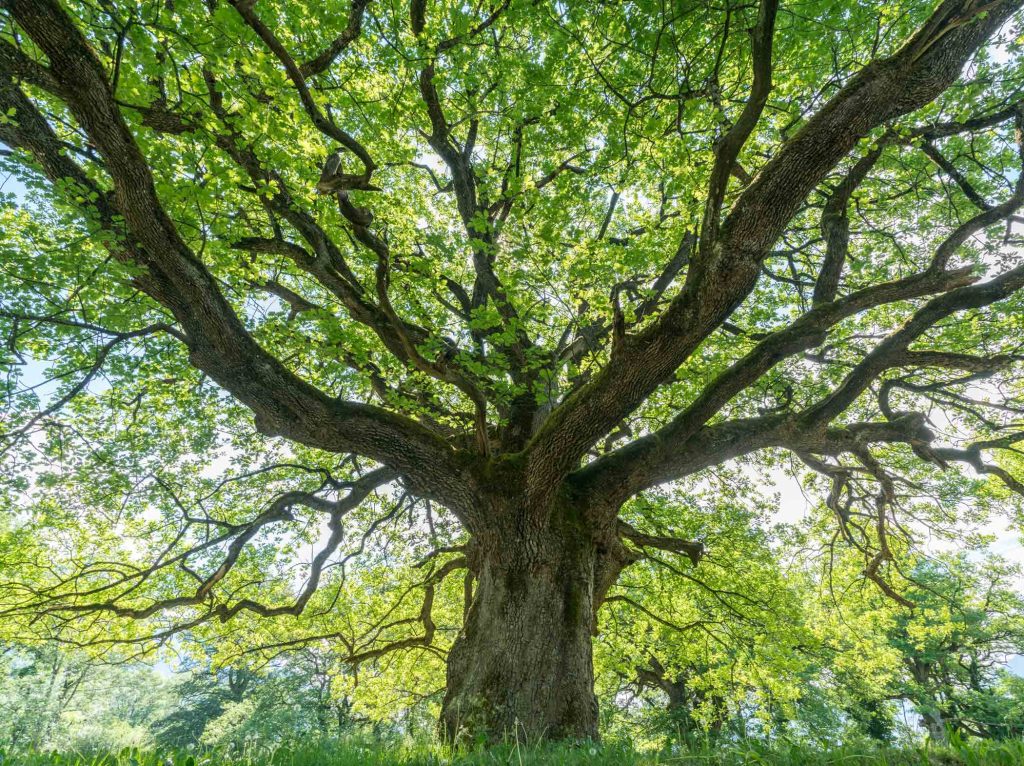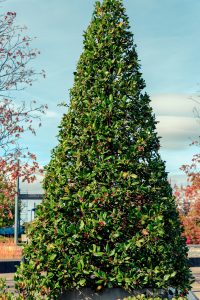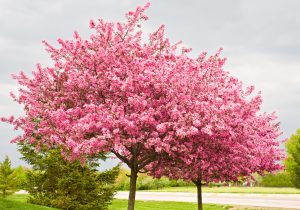Why the White Oak Remains a Pillar of Maryland’s Landscapes
The White Oak (Quercus alba) is Maryland’s official state tree and one of the most enduring symbols of the region’s natural heritage. Revered for its massive stature, strong wood, and distinctive lobed leaves, the White Oak can live for centuries, offering shade, habitat, and visual prominence in residential and natural landscapes alike. While the White Oak is celebrated for its durability and slow, steady growth, maintaining these trees in suburban and urban environments requires specialized attention to preserve their health and structural stability.

Growth Patterns and Longevity
The White Oak is renowned for its slow growth and exceptional longevity, with many individuals surviving for 200 to 300 years under optimal conditions. In Maryland, these trees often reach heights of 80 to 100 feet with broad, rounded canopies that provide expansive shade. Their sturdy, dense wood and deep root systems make them resilient to storms and drought compared to many faster-growing species, but their slow growth also makes recovery from damage or soil disruption particularly difficult.
Because of their size and age, mature White Oaks require careful planning when situated in residential areas. Construction, soil compaction, and improper grading can damage their extensive root systems, leading to decline or structural issues that may not manifest for years. Professional monitoring is critical to detect early stress indicators like thinning canopies, dieback, or signs of fungal decay.
Ecological Importance and Seasonal Interest
The White Oak is more than a landscape feature; it is a cornerstone of Maryland’s ecosystems. Its acorns, rich in nutrients, provide critical food for deer, turkeys, squirrels, and countless bird species. The tree’s extensive canopy supports diverse insect populations, which in turn sustain local wildlife, while its bark and branches offer shelter for birds and mammals throughout the year.
In autumn, White Oak foliage turns subtle shades of reddish-brown and wine, lending a subdued yet classic seasonal display. Unlike more vibrant species such as the Red Maple, the White Oak’s muted tones reflect its understated elegance and ecological focus. Its leaves, which often remain on the tree late into fall, contribute to soil health as they decompose, enriching Maryland’s diverse landscapes.
Challenges and Maintenance Needs
While the White Oak is resilient, it is not immune to stress. In residential settings, root compaction and grading changes from landscaping or construction are the most common threats. Prolonged drought or over-saturation can lead to stress-related symptoms such as chlorosis or dieback, while opportunistic pests like borers or fungal pathogens can exploit weakened trees.
Fungal diseases such as Armillaria root rot and canker fungi can lead to structural decline, while oak wilt—though less common in Maryland—remains a concern in certain regions. Early detection and treatment by a certified arborist can mitigate the impact of these issues, preserving the tree’s longevity.
For younger White Oaks, professional pruning can help establish strong branch structure, reducing future storm damage. For mature specimens, health evaluations and soil assessments ensure nutrient availability and address soil aeration concerns. Air spading is often recommended to alleviate soil compaction, preserving root health without damaging the tree’s critical structure.
The White Oak as a Legacy Tree
Few trees symbolize Maryland’s natural legacy like the White Oak. Its strength, longevity, and ecological value make it a prized centerpiece for homeowners, municipalities, and conservationists alike. While it is a low-maintenance species in undisturbed natural settings, White Oaks in residential and urban environments thrive best under the watch of professionals who understand their unique needs and vulnerabilities.
For more information on White Oaks in Maryland and expert guidance on preserving these iconic trees, visit Prestige Tree Experts or call 240.281.3334.










